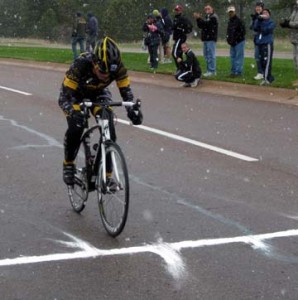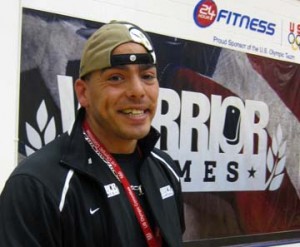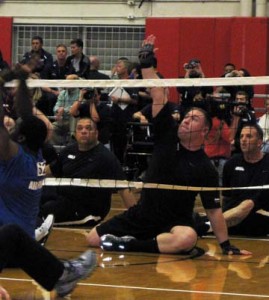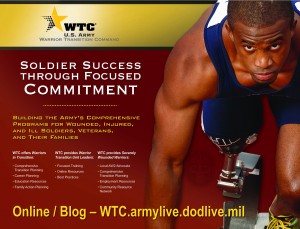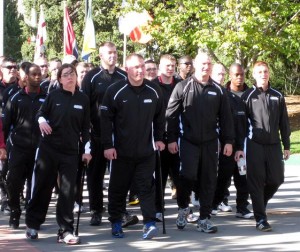By BG Gary Cheek, WTC Commander
With all our moves, tours, and policy changes, no military career is without surprise. I know I was shocked when I was asked to establish the Warrior Transition Command (WTC) that was to oversee the Army’s program to take care of our wounded, ill, and injured Soldiers and their Families.
Me, a field artilleryman, an Assistant Surgeon General?
But to build a systematic, yet personalized approach to warrior care that would positively impact retention, make a positive contribution to Army Force Generation, and help ensure a combat ready operational Reserve Component was a challenge I was honored to face.
While I worked to create the vision for the new command, I was constantly inspired by the wounded warriors that I met at Warrior Transition Units (WTUs) around the country. Their dedication to Continue on Active Duty, work hard to change MOS, and the ambitious and forward looking goals they set as Veterans kept me motivated to do my best. I couldn’t give less in my job than they did in theirs as they worked to recover and transition to life post injury.
Each Warrior in Transition (WT) and Army Wounded Warrior (AW2) Soldier or Veteran has a story to tell–many of which you can read about on both the WTC and AW2 blogs, such as:
- Captain Scott Smiley, a blind Soldier who is currently commanding the West Point WTU
- The wounded warrior athletes who represented the Army at the inaugural Warrior Games
- Diana Hume, a reservist’s spouse, and her awe inspiring story of fighting for and being there for her Soldier with PTSD
To these and all the other Soldiers, Veterans, and Family Members I met, thank you for sharing your dreams and accomplishments with me. I will carry them with me as I move forward. To all the many brave warriors I came to know, thank you for your service. You are a dynamic group of Soldiers that I have been proud to serve.
But like anything in the Army, it’s all about the team. Just as our WTs and AW2 Soldiers and Veterans rely on their triad of care or their Advocate, I relied on my staff at WTC. Their dedication to this mission and the care of our wounded, injured, and ill was at times Herculean. An idea is easy—building the required infrastructure is not. They never took the easy way, never shied away from an obstacle. I could not have asked for a stronger team, and that includes the WTU Cadre and our partners throughout the Army, the VA, and the Department of Labor—thanks for all your hard work.
As an artilleryman, I approached my two years here with calculated focus. Identifying the necessary actions to reach the target and then move out. My successor, COL Darryl Williams, will no doubt keep the WTC and Army’s Warrior Care and Transition Program moving forward. Coming from the Comprehensive Soldier Fitness Program, he understands the effort and reward of setting up Soldiers for long-term success.
Before I move on to Army G1 as Director of Military Personnel Management, I want to share one last thought.
Taking care of those who serve this country, as well as those in need around the world, is our responsibility. Our government. Our Department of Defense. Our Army. Our Medical Command. Our Military Health System. Our Department of Veterans Affairs. Our Veteran Service Organizations. Our corporate leaders. Our local non-profits. Our citizens. One organization alone cannot do it all. Together, our efforts will ensure that our wounded, ill, and injured Service Members can continue to serve in uniform or transition into productive retirement post injury.
It has indeed been the good fight, the right fight. Keep up the good work.







